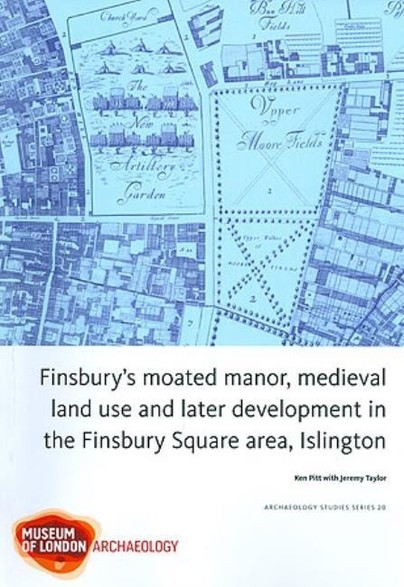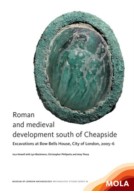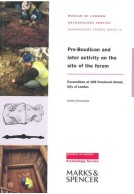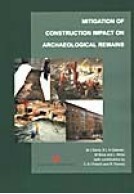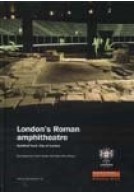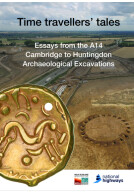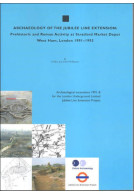Google Books previews are unavailable because you have chosen to turn off third party cookies for enhanced content. Visit our cookies page to review your cookie settings.
Finsbury's Moated Manor House, medieval land use and later development in the Moorfields area, Islington (Paperback)
Imprint: MOLA (Museum of London Archaeology)
Series: MoLAS Archaeology Studies Series
Pages: 74
ISBN: 9781901992816
Published: 14th March 2009
Script Academic & Professional
Series: MoLAS Archaeology Studies Series
Pages: 74
ISBN: 9781901992816
Published: 14th March 2009
Script Academic & Professional
You'll be £8.95 closer to your next £10.00 credit when you purchase Finsbury's Moated Manor House, medieval land use and later development in the Moorfields area, Islington. What's this?
+£4.99 UK Delivery or free UK delivery if order is over £40
(click here for international delivery rates)
Order within the next 4 hours, 20 minutes to get your order processed the next working day!
Need a currency converter? Check XE.com for live rates
(click here for international delivery rates)
Order within the next 4 hours, 20 minutes to get your order processed the next working day!
Need a currency converter? Check XE.com for live rates
Archaeological investigations at seven sites within the Finsbury Square area have revealed important evidence for the medieval and post-medieval development of this former marshy area north of the city walls. At 127-139 Finsbury Pavement, quarry pits may relate to the development of the 12th- to early 13th-century Finsbury manor house, documented from 1272. Features identified within the manor include a gravel courtyard and the fragmentary remains of a building with masonry foundations. A moat existed to the east of the manor house by the 14th/15th centuries, but was backfilled by the end of the 17th century and then built over. Beyond the manor, widespread quarrying and brick manufacturing occurred during the later 15th century. At 27-30 Finsbury Square, large quantities of leather waste may have been dumped in the 15th and 16th centuries from nearby workshops. Quarrying continued on several sites into the late 16th century. A gravel surface and a boundary wall at the Honourable Artillery Company site represent the enclosure of the area to the north of the manor as the New Artillery Ground in the 1640s. A brick flue and a saw pit at 25-32 Chiswell Street reflect the increasingly industrial nature of the area to the west of the New Artillery Ground during the 18th and 19th centuries which is indicated on contempoary maps.
Other titles in the series...
Other titles in MOLA (Museum of London Archaeology)...







